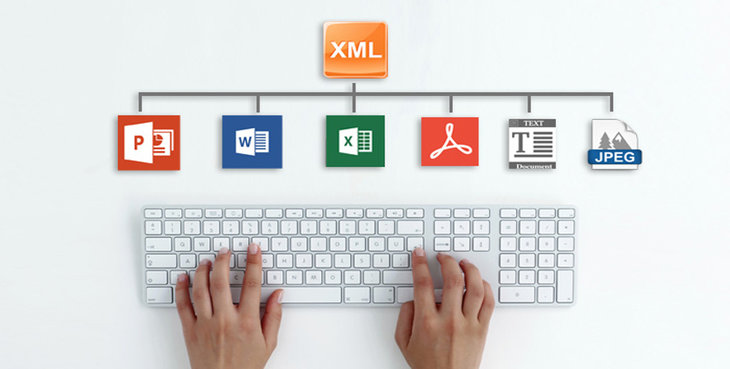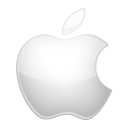
Data conversion
Data conversion is the conversion of computer data from one format to another. In a computer environment, data is encoded in a variety of ways. For example, computer hardware is built based on certain standards, which require that data contain, for example, parity bit checks. Similarly, the operating system is based on certain standards for managing data and files. In addition, each computer program handles data differently. Whenever one of these variables is changed, the data must be converted in some way before it can be used by a different computer, operating system, or program. Even different versions of these elements usually result in different data structures. For example, changing bits from one format to another, usually for the purpose of application interoperability or the ability to use new features, is simply a data conversion. Data conversions may be as simple as converting a text file from one character encoding system to another; or more complex, such as converting office file formats, or converting image and audio file formats.
There are many ways in which data is converted in the computer environment. This may be seamless, as in the case of upgrading to a newer version of a computer programme. Alternatively, conversion may require processing through the use of a special conversion program, or may involve a complex process of going through intermediate steps, or involve complex 'export' and 'import' procedures, which may include conversion to and from a tab-delimited or comma-separated text file. In some cases, a programme may recognise several data file formats at the data input stage and then be able to store the output data in a number of different formats. Such a programme can be used to convert a file format. If the source or target format is not recognised, then sometimes a third programme may be available that allows conversion to an intermediate format, which can then be reformatted using the first programme. There are many possible scenarios.
Before carrying out any data conversion, the user or application programmer should bear in mind some basics of computer science and information theory.
These include:
Information can be easily discarded by the computer, but adding information requires effort.
The computer can only add information in a rule-based way.
Upsampling data or converting it to a more feature-rich format does not add information; it simply makes room for that addition, which a human usually has to do.
Data stored in an electronic format can be quickly edited and analysed.
For example, a colour image can be easily converted to greyscale, while the opposite conversion is a painstaking process.




